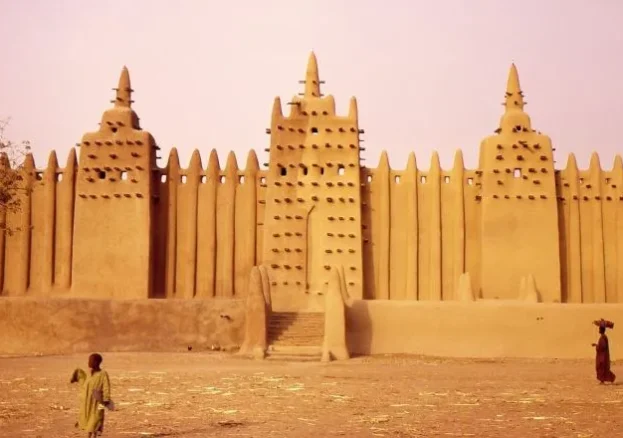
In this course we shall explore the Ancient and Medieval history of the Sahara and the Sahel, its cultural synergies, and the interactions of its kingdoms with the Mediterranean world, from the first millennium BC. to the 14th century CE.
This course offers a rich visual journey with a wealth of primary documentary resources to give us an insight into early African history in the northern desert regions and gold-rich desert-shores of the continent.
Beginning with ancient rock-paintings and inscriptions at Tassili-N’ajjer that bear witness to a climate that supported successive periods of pastoral societies before the dessication of the region, we go on to look at the Kingdoms of Kush that ruled in Upper Egypt and Nubia, becoming the “Black Pharaohs” of the 25th Dynasty in Lower and Upper Egypt.
Moving on to the westward expansion of the Arab Empires and Islam starting in the 7th century CE. we consider the first diaspora of The Prophet’s Companions to Aksum (Ethiopia), and the subsequent Islamic powers that ruled in North Africa and the Maghreb. Looking at the documentary and material evidence of the Medieval period, we examine the rise of the Gold Empire of Ancient Ghana, and the formation Mali Empire. We examine their cultural and economic connections with Morocco, North Africa and Egypt via the Trans-Saharan Trade Routes.
We shall learn about the Mande-Soninke of Ancient Ghana (4th – 11th century), the adoption of Islam in West Africa, early technology in mining, smelting metals and purifying gold, and the fabulous wealth and learning of Mansa Musa, king of Mali (14th century). We shall cover the oral history of Epic of Sundiata, the original ‘Lion King’ and legendary founder of the Mali Empire, and follow the trans-Saharan journey of the famous Moroccan traveller Ibn Battuta. We shall consider how the Sahara and the Sahel were understood in the Classical and Medieval world through the writings of Herodotus and early Arab and Berber chroniclers. Looking at the material and visual culture of the Sahel, we shall look at Sudano-Sahelian Architecture, sculpture, jewellery, textiles, and the great libraries of Djenne and Timbuktu.








